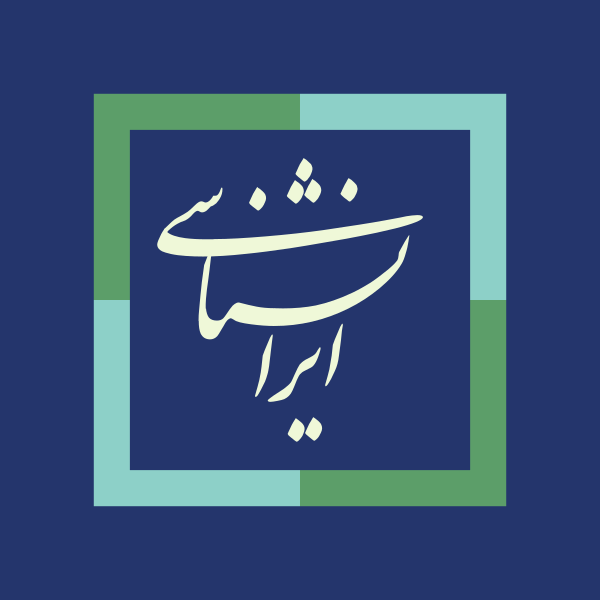NoMansLand: Nomads' Manuscripts Landscape

Researching Persian & Arabic manuscripts, NoMansLand explores transculturation between nomadic & sedentary societies in medieval Iran & Central Asia.
The rise of Chinggis Khan (d. 1227) and the expansion of his empire to western Eurasia in the 13th century dramatically changed the history of the Islamic World. The influx of nomadic people into the Islamic regions brought with it an unprecedented burst of cultural activity attested in the extensive amount of Islamic manuscripts that survived from the period. In this context, this project aims to explore if a process of transculturation occurred between the conqueror and conquered societies and how closely Islamic sedentary elites interacted with nomadic conquerors between the 13th and the first half of the 15th century in present day Iran and Central Asia.
The project will explore not only traditional sources but it will also implement a methodology based on the analysis and interpretation of data obtained from text and paratext contained in surviving Islamic manuscripts from the period. The codices (manuscripts) of the period that have survived remain largely unstudied, still holding unique information that can bring new evidence to the little understood process of transculturation between nomadic and sedentary people in this historical period.
As the technical partner of the project, the ACDH-CH will design, develop and implement an independent Analytical Database of Islamic Manuscripts. The database will follow TEI standards and will serve both as a digital depository of manuscript metadata as well as an analytical tool that will allow users to do wider research on Islamic and Eurasian studies.

Contact
Project Duration
1 January 2020 – 31 December 2022